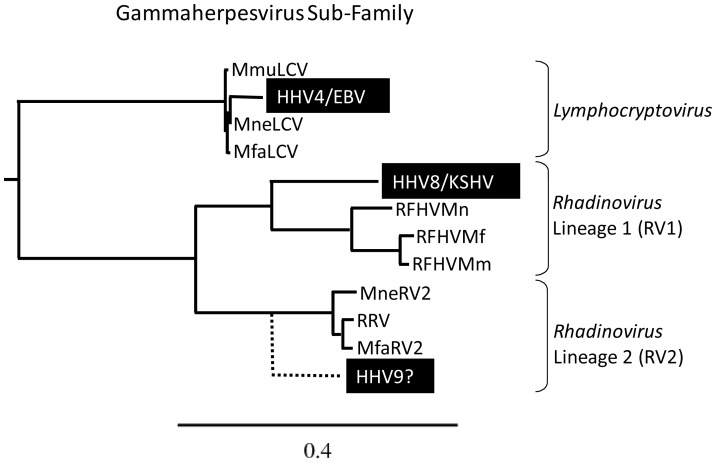Figure 1. Phylogenetic relationship of the gammaherpesvirus subfamily.
The DNA polymerase sequences of known human (black highlight) and macaque gammaherpesviruses were analyzed by maximum likelihood. Lymphocryptovirus genus: Human herpesvirus 4/Epstein-Barr virus (HHV4/EBV; YP_401712) and macaque lymphocryptovirus of M. mulatta (MmuLCV; AAK95475), M. nemestrina (MneLCV; unpublished data) and M. fascicularis (MfaLCV; AF534221); Rhadinovirus genus, RV1 lineage of Old World primate rhadinoviruses: human herpesvirus 8/Kaposi's sarcoma-associated herpesvirus (HHV8/KSHV; AAC57086) and macaque retroperitoneal fibromatosis herpesviruses of M. mulatta (RFHVMm; AAC57976), M. nemestrina (RFHVMn; AAF81662), and M. fascicularis (RFHVMf; AAN35122); and the RV2 lineage of Old World primate rhadinoviruses: macaque RV2 rhadinoviruses of M. mulatta (RRV; NP_570750), M. nemestrina (MneRV2; unpublished data), and M. fascicularis (MfaRV2; ABU52895). LCV, RV1 and RV2 gammaherpesviruses have been identified in other New and Old World non-human primates, including chimpanzee and gorilla (not shown). Although the existence of a novel RV2 rhadinovirus in humans (HHV9?) is predicted from an evolutionary perspective [15], [16], the virus has not yet been identified. The phylogenetic clustering of the rhesus and cynomolgus macaque rhadinoviruses reflects the close evolutionary relationship of their primate hosts [51]. The substitutions per site are indicated.

